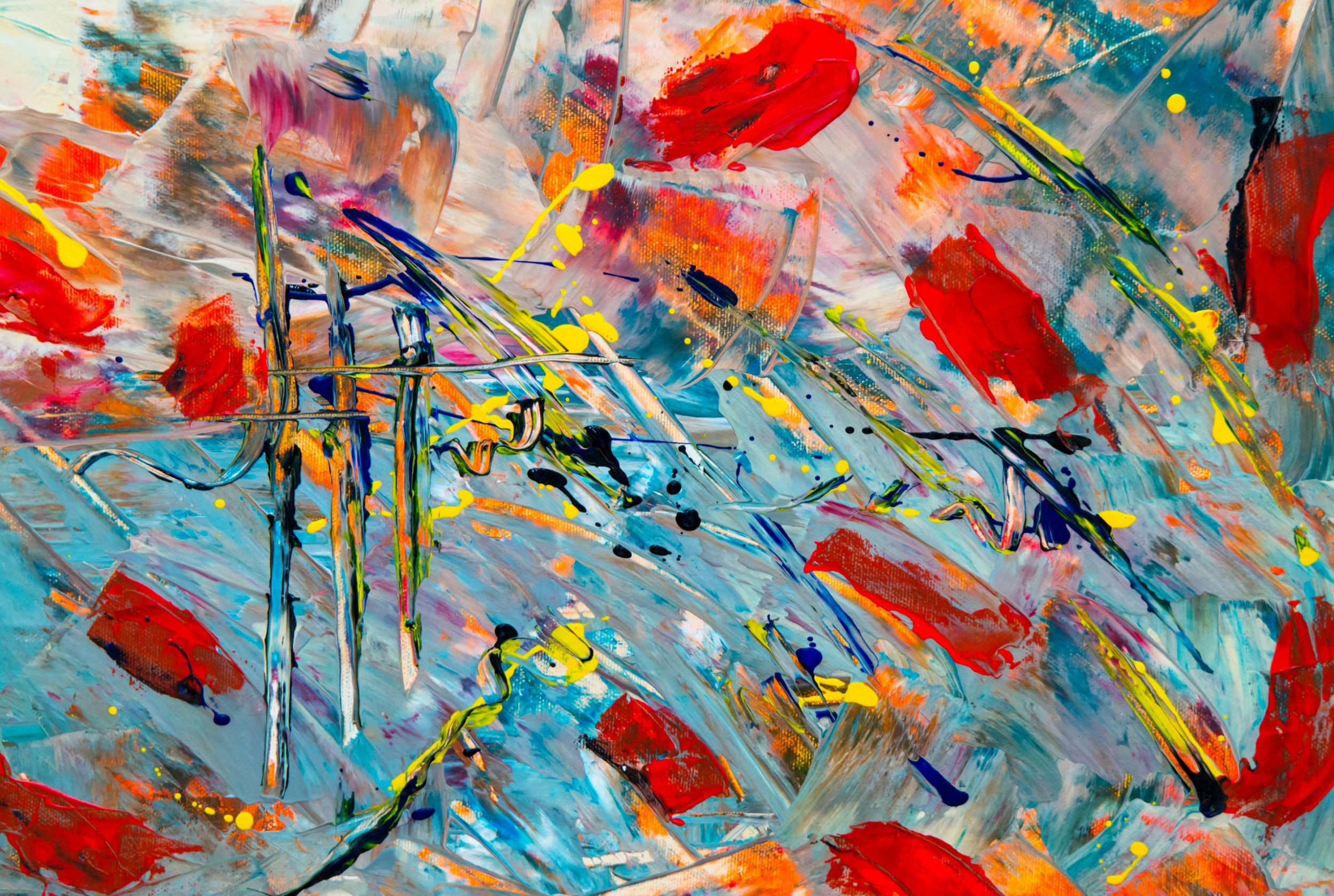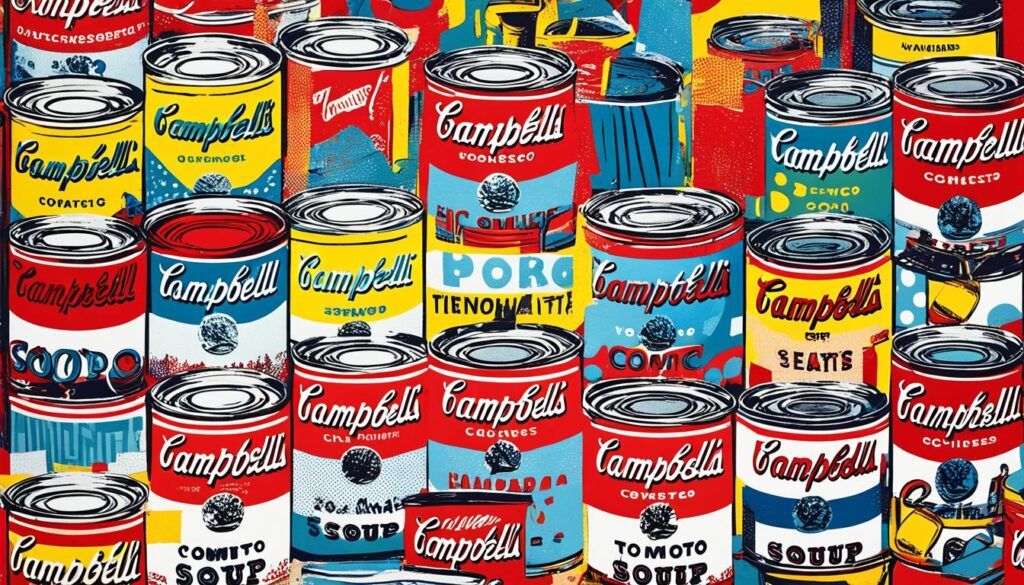In the fast-paced world of technology, it can be easy to overlook the significance of art and culture. However, one art movement that continues to capture the hearts of millennials is Pop Art. With its bold colors, iconic imagery, and playful themes, Pop Art has stood the test of time and remains a favorite among this generation.
The History of Pop Art
Pop Art emerged in the 1950s and reached its peak in the 1960s. It was a reaction against the traditional art world, which was seen as elitist and exclusive. Artists like Andy Warhol, Roy Lichtenstein, and Claes Oldenburg sought to bring art into the mainstream by using popular culture as their inspiration. They drew from advertising, comic books, and consumer products to create works that were accessible and relatable to the average person.
Why Millennials Love Pop Art
So why does Pop Art still resonate with millennials today? One reason is its vibrant and eye-catching aesthetic. In a world dominated by social media and digital content, Pop Art’s bold colors and graphic imagery stand out and grab our attention. It’s the perfect antidote to the endless scroll of bland and repetitive content that we’re bombarded with on a daily basis.
Another reason millennials love Pop Art is its sense of nostalgia. Many of us grew up surrounded by the pop culture icons that are featured in these artworks. From Mickey Mouse to Coca-Cola, these familiar images evoke feelings of nostalgia and comfort. They remind us of simpler times when life was carefree and full of possibilities.
But perhaps the biggest reason millennials are drawn to Pop Art is its irreverence and sense of humor. Pop Art doesn’t take itself too seriously. It pokes fun at consumer culture and challenges our preconceived notions of what art should be. It’s lighthearted, playful, and doesn’t require a degree in art history to appreciate. In a world that can sometimes feel overwhelming and serious, Pop Art offers a welcome escape.
The Influence of Technology
It’s no coincidence that Pop Art’s popularity has endured alongside the rise of technology. The digital age has democratized the art world, making it easier than ever for artists to create and share their work with a global audience. Platforms like Instagram and Pinterest have made it possible for anyone to discover and connect with art that speaks to them.
Pop Art’s bold and graphic style also translates well to the digital realm. Its simple shapes and bright colors are perfect for capturing our attention amidst the constant stream of online content. In a world where we’re bombarded with information 24/7, Pop Art’s visual impact cuts through the noise and leaves a lasting impression.
Conclusion
Pop Art continues to be a favorite among millennials for its bold aesthetic, nostalgic appeal, and irreverent humor. In a world that’s constantly changing and evolving, Pop Art provides a sense of stability and familiarity. It reminds us of our shared cultural heritage and invites us to look at the world with a fresh perspective. As we navigate the complexities of the digital age, Pop Art remains a timeless and beloved art movement that speaks to the heart of this generation.
So the next time you come across a piece of Pop Art, take a moment to appreciate its beauty and significance. It’s a reminder that art, like technology, has the power to connect us, inspire us, and bring joy to our lives.

